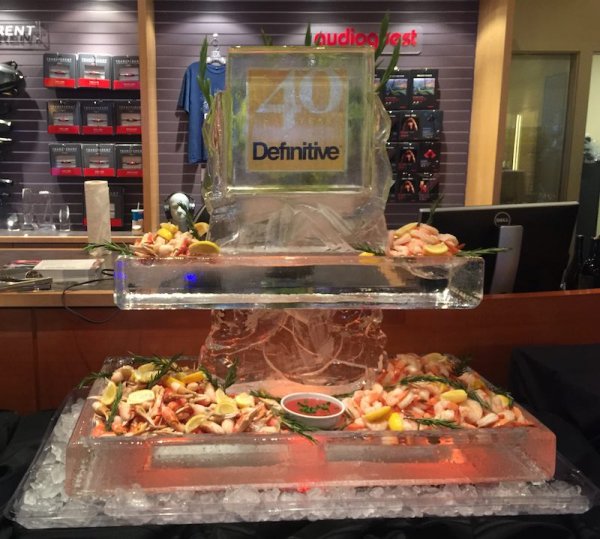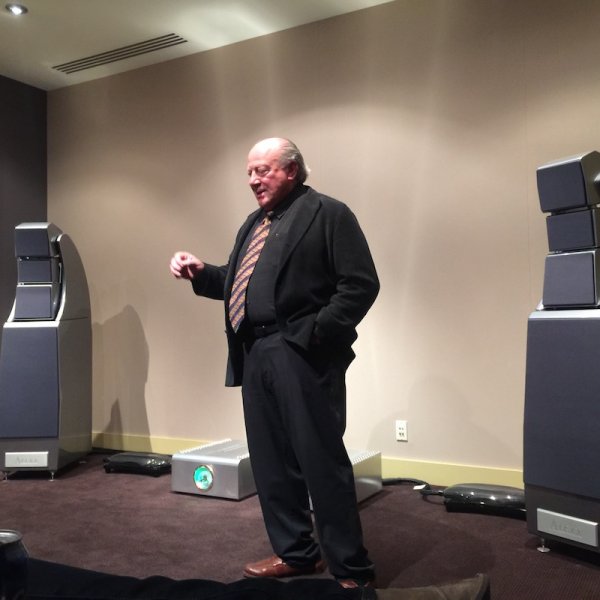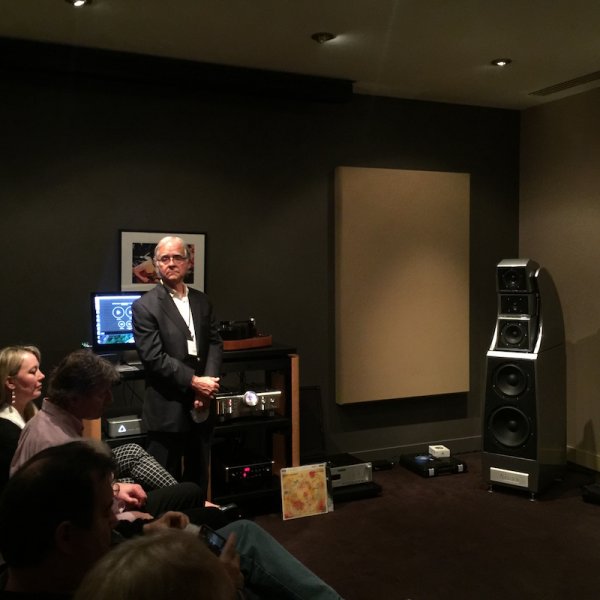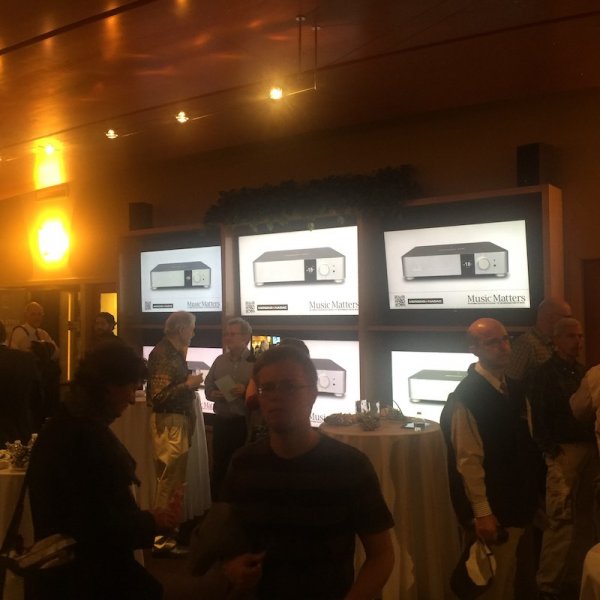Bruce B
WBF Founding Member, Pro Audio Production Member
I disagree.
No, it's not as good as my Cavalli Liquid Gold but it does a commendable job!
I disagree.
Answering the latter, it was easy because Philip mentioned it was Steve's system. He did not put a name to the other analog system. So no mystery there.I think this is pretty clear, Amir. Your ears are all that you need for this kind of evaluation. The interesting thing to me is that others mentioned the easily heard differences between the upsampling rates and digital formats, but did not mention the differences between the analog sources. You discussed the opposite. Perhaps that is what bonzo was referring to. And you mentioned the one analog source and who owns it but not the other.
Please note that I was there to enjoy the event as much as everyone else. The thing that would have negated that would have been me acting like a court stenographerI think a more complete report about the listening session, a better description of the source of the vinyl rips and the audible differences between the various digital upsampling rates/formats would be helpful information in such a thread and tell us a bit more about this Merging/NADAC product which seems to be getting a lot of attention lately.
Certainly nicer than the Alpha dac...
No, it's not as good as my Cavalli Liquid Gold but it does a commendable job!
Yes, all the testing was with the Nadac acting as the pre-amp and volume control.
It is driving a Genesis Class-D amp directly acting as both pre-amp and DAC.
Ah well then, it certainly may be a counter view to mine - that is that to perform well, the Nadac should be used with a preamplifier, as I would expect it to be.
No, it's not as good as my Cavalli Liquid Gold but it does a commendable job!
When we evaluated the NADAC, we ran it through the Pass XS Preamp and then listened to it driving the Pass XS amps directly with long XLR cables using its volume control. The difference was not subtle. It sounded much better with the preamp, though that is a mighty good preamp. I suppose it would matter how transparent a separate preamp is. For convenience, space and cost savings, I could see using the NADAC as a DAC/pre driving a Class D amp directly, as was the case in this demo. Whether it is the best way to hear it is dependent on the rest of the system, IMO.
For quad DSD material and a simple system, this NADAC offers good sound quality for not that much money, in relative high end terms. Again, IMO.
Yes, I would confirm that. Let me add that the Pass preamp as volume control sounded better not because it might have sounded 'nicer'. The preamp did not add any audible colorations to the sound -- it seems remarkably transparent to the source, sort of an amplified straight wire. Rather, when we listened to the Yarlung string trio on Quad DSD, the astonishingly high timbral resolution of the instruments seemed compromised through the NADAC's digital volume control (bypassed through the Pass preamp), though it was still very good. As Peter's comments suggest, you would hear the difference only on a highly resolving system, such as Ian's.
Al, now you have me confused. I had thought that we plugged the long interconnects into the NADAC output directly and bypassed completely the Pass preamp. Are you saying that the NADAC was run through the theater bypass input of the Pass preamp set at unity gain and then onto the amps? I can't remember that detail and might have to ask Ian for confirmation.
Ian are you reading this?
Yes, I'm reading this. We did NOT use the HT bypass in the Pass XS Pre, we physically bypassed the unit altogether.
You may be at cross purposes Al.
This is way I read this - there were two ways you listened to the Nadac - one through the Pass Pre (digital vol set to 100%) and the other way with the Pass pre physically not connected ie Nadac straight to the Power amps via XLR.
Here are some of the tracks I captured using music recognition on my phone: https://play.google.com/music/preview/Tlboa7c6cht5rp7thzencnsqqyi?u=0#

This was the Depeche Mode track that pushed amp past its comfort zone by far: https://play.google.com/music/preview/T6jvze5vh7wke6m3chtp33k5fde?u=0#

https://play.google.com/music/preview/Ta4ho2cs476uqi3upksyaphurx4?u=0#

The Sax in the above was excellent.
This is the Cat Steven's track/album that was used for the comparison of DSD vs PCM: https://play.google.com/music/preview/T4on5b53paigomiy5tc3b3pka6m?u=0#

This is the album/track that was used to step through all the PCM sampling rates: https://play.google.com/music/preview/T5moolgonchlbmmbbunjv3ekdnu?u=0#

As always the above may be the wrong editions but the album/track names are likely to be correct.

My own experiments with Edgar Kramer showed the the former (ie use of a pre amplifier) was superior to the latter (use of the Nadac as a volume control/pre amplifier). In Ed's system we hooked the Nadac up to his JC 1 Monoblocks via XLR, and it wasn't great. Inserting the Supretek back into the chain brought back the life and space to the music.





Internally? I would strongly disagree with that. I don't care about external looks (they don't make music).
I don't care about internal looks (they don't make music) The NADAC is much more musical than the Alpha dac.....
| Steve Williams Site Founder | Site Owner | Administrator | Ron Resnick Site Owner | Administrator | Julian (The Fixer) Website Build | Marketing Managersing |









